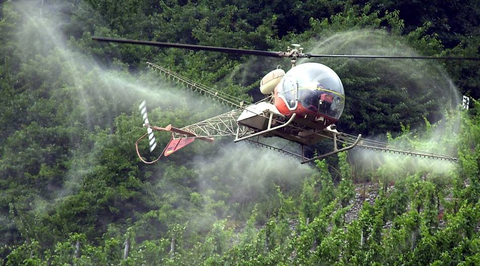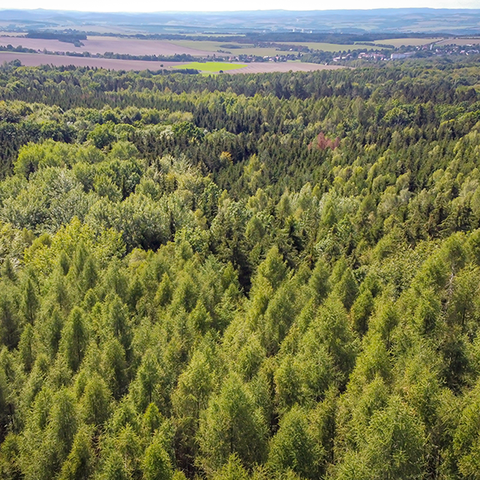Plant protection products in the forest - really only as a last resort?
The "last resort" principle in forestry
In Germany, a clear principle applies to forestry: pesticides may only be used if all other, more environmentally friendly options have been exhausted and there is an acute risk to large areas of forest.
This principle is known as the "last resort". In Saxony, for example, less than 0.06% of the forest area was treated with PPPs by helicopter between 2015 and 2018. In Brandenburg, there were only outliers in individual years (2016: 1.41%, 2019: 2.07%). These figures show that chemical use is not routine, but remains an exception. By comparison, the use of PPPs per unit area is much more common in agriculture.
Why it is not always possible to do without
Completely dispensing with chemical plant protection would lead to serious damage in some situations: Insect pests could destroy large old stands whose protection is important for forest conversion - for example, because they act as canopies to protect young deciduous trees from frost and sun. Studies show that without intervention, entire forest functions, from CO₂ sequestration to erosion control, could fail.
Figures that show: Restraint is the rule
The RiKA data analysis confirms this: Even in years with high pest pressure, the use of chemicals remains the exception. Foresters usually only resort to the "chemical club" when monitoring and forecasts clearly show that large-scale clear-cutting is imminent without a rapid response.


